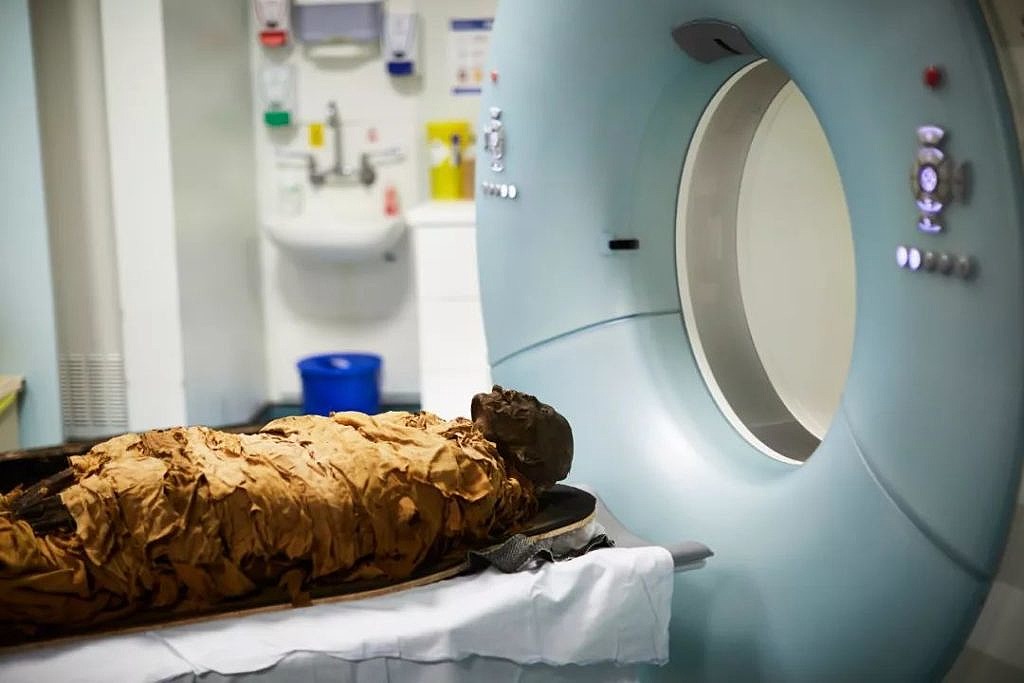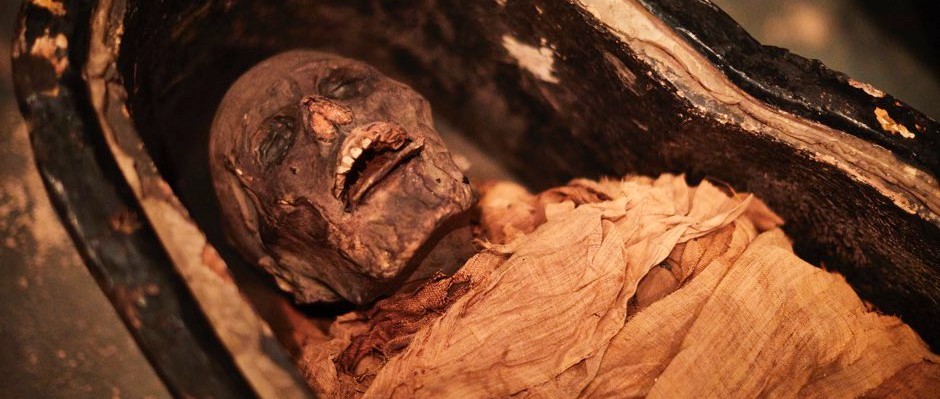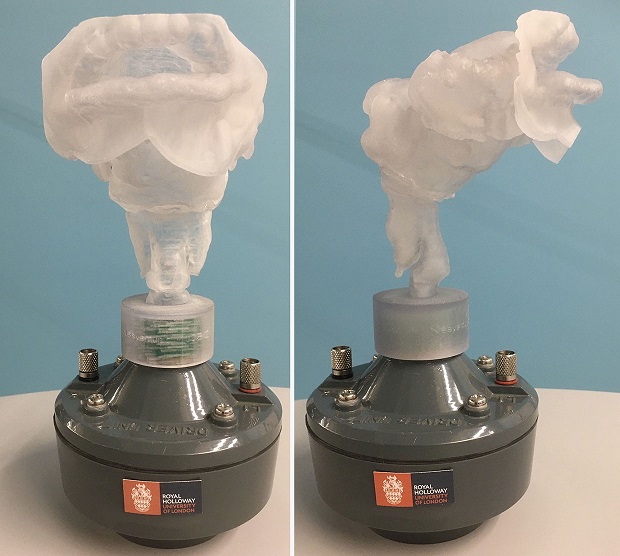Command Palette
Search for a command to run...
Technology Restores Mummies From More Than 3,000 Years Ago to Make Them Speak

Thousands of years have passed, and the resurrection of mummies has only happened in novels and movies. However, recently, a British research team used 3D printing, digital reconstruction and other technologies to artificially restore the voice of the mummy.
Because they believed that the soul does not disappear after death, some noble people in ancient Egypt would be mummified after death to ensure that they would be resurrected in the afterlife.
The resurrection of mummies usually happens in novels and movies, but recently a mummy that had been sleeping for more than 3,000 years actually "made" a sound.
On January 23, a research team from Royal Holloway, University of London and the University of York published a study in Scientific Reports, saying that theyThe voice of a 3,000-year-old mummy has been reconstructed using CT scanning and 3D printing technology.

The mummy spoke, what did he say
How did a 3,000-year-old mummy make sounds? This is not a strange story, but the use of technology to construct the voice channel of the deceased when he was alive.
The researchers used CT scans to collect data from Nesyamun's vocal tract between his throat and lips, and then used a Stratasys Connex 260 3D printed model to create a 3D printed model of Nesyamun's vocal tract.The structure of the vocal organs of the mummy owner was restored.

Finally, the sound channel data is connected to a sound-generating device, and the sound from 3,000 years ago is obtained.
Specifically, the sound sounds like a vowel between the "e" in "bed" and the "a" in "bad."Although it only has one syllable, it has the timbre of a real ancient voice.
Researchers say this is the first time the "voice" of the mummified ancient Egyptian priest has been heard since his death.

For this sound, a variety of technologies are used
In order to obtain such a short pronunciation, scientists used various reconstruction techniques.
First, the researchers took the mummy to Leeds General Infirmary, where Howard of University College London and Schofield of University of York organized a team toNesyamun's throat was examined by CT scan.
The scans found that most of his throat was intact, with enough soft tissue preserved for them to measure the size of the airway from the larynx to the lips.

In addition, CT examinations allow researchers toDigital reconstruction of Nesyamun's vocal tract,So that it can be replicated later using 3D printing.
Before printing, the research team needed to add several details to the data model.Ensure that the printed copy can sound smoothly.
For example, Howard introduced that "due to the long time the mummies were buried, the vocal organs suffered great damage. For example, the tongue atrophied and the soft palate was missing, and the team had to make up for these. We added a coupling cylinder connected to the speaker at the end of the larynx to output the sound of the larynx." This is a very common practice in today's speech synthesis systems.

After these works,They connected the printed vocal tract to an artificial voice box, commonly used in modern speech synthesis systems, and were able to hear Nesyamun's voice.
The Mummy's Last Wish: Speak Again, Enter Eternity
The study pointed out thatNesyamun lived around 1100 B.C.During the reign of the Egyptian Pharaoh Ramesses XI, he worked as a scribe and priest at the State Temple of Karnak in Thebes, and his voice was an integral part of religious ceremonies.

Nesyamun was later thought to have died of a severe allergic reaction at the age of 50. His mummy was discovered at Karnak some 3,000 years later and was sent to the Leeds City Museum in 1823.
His body and coffin have become some of the most intensively studied ancient Egyptian artifacts in the world.
The ancient Egyptians believed that people have an afterlife, and only by preserving the body intact can the soul be preserved. They also had a basic belief: "Speaking the name of the dead can bring them back to life."
In the inscription on the mummy's coffin, Nesyamun prayed that his soul would find eternal rest and be able to move freely.and be able to see God and speak, as he did in his ministry before death, so that the God of judgment may admit him into eternity.
Therefore, reconstructing Nesyamun's voice is also to fulfill his wish to live again. Researchers believe that this "voice of the past" research project is also somewhat idealistic.
But in reality, such a breakthrough is impossible for most remains because it relies on perfectly preserved human soft tissue, while in most cases only skeletons remain.
Fortunately,The mummified body of the ancient Egyptian priest Nesyamun is well preserved, especially his throat, making him an ideal choice for studying ancient voices, allowing researchers to accurately recreate his unique human voice.Although only a short syllable has been obtained now, the research will continue in the future, and the team will restore a word or even a sentence, giving people the opportunity to hear the real voice of ancient times.

Behind the research: ethics and similarity questioned
The research results were found novel and interesting by the team and some individuals.
Professor Howard from the team said: "This has been a really interesting project that has opened a new window into the past and we are delighted to be able to share the sounds with people for the first time in 3,000 years."
But at the same time, the research has also been criticized and questioned.
On Twitter, critics said:It is against ethical standards to recreate the voice of the mummy.
The researchers believe thatThe scientific technology they used was non-destructive and also expressed Nesyamun's personal desire to "speak again."
In addition to the discussion of ethical issues, there is another question:Is the artificially restored voice of a mummy close to its real voice?This is probably an unsolvable problem.
The researchers believe that the data is incomplete due to tongue atrophy, loss of soft palate, etc.Let the reconstructed sound be based on only a portion of the real data.
But while it's impossible to perfectly simulate the voices of long-dead people, the practice could help museums make history more accessible to the public.
“Visitors’ encounter with history is usually only visual,” Scofield said. “With sound, we can change that and make that encounter more three-dimensional.”
References:
https://www.nature.com/articles/s41598-019-56316-y
-- over--

